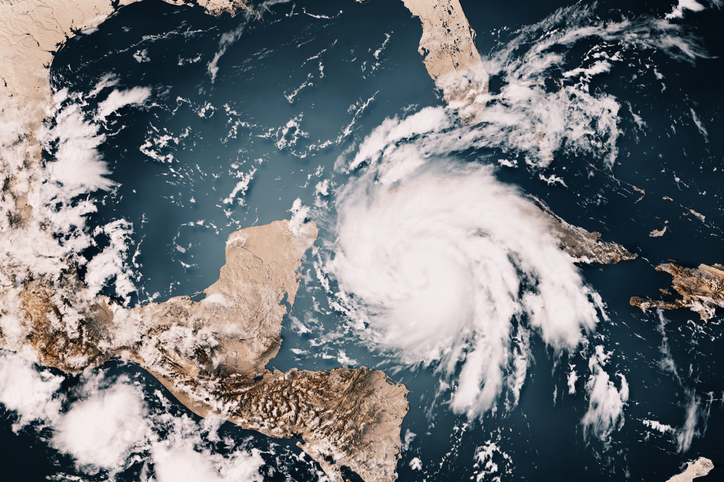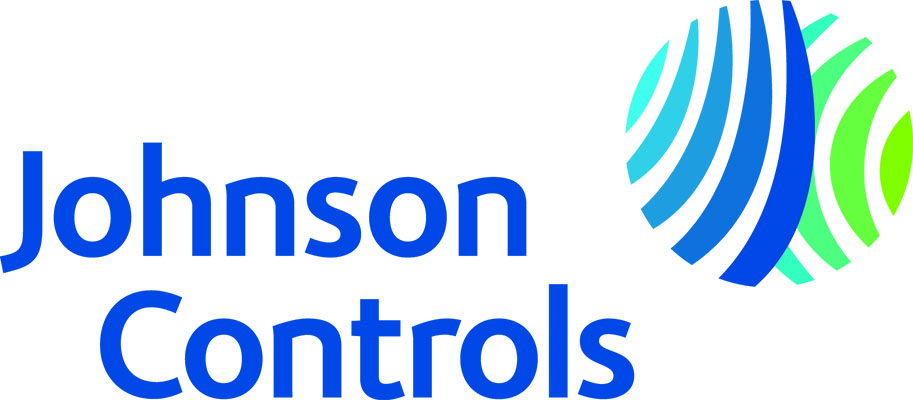
The damage wrought by Hurricane Ian has already prompted conversations about a rebuilding boom in Florida as well as concerns about construction labor shortages in the state. The recovery effort certainly will be colossal: The storm took more than 100 lives and left behind private-market insured losses of between $53 billion and $74 billion, according to risk modeling company RMS. Sarasota County has already announced its intention to expedite all storm-related permits. What’s less clear is precisely how Florida will chose to rebuild.
Florida considerably strengthened its building code after Category 5 Hurricane Andrew hit in 1992. The resulting Florida Building Code required, for instance, that new construction be capable of withstanding hurricane-force winds and that it incorporate shutters or impact-resistant glass in all openings. Even with those codes in place, however, the growing frequency and intensity of storms due to the climate crisis raise the possibility of further regulatory and policy changes.
The Gulf Coast city of Punta Gorda, located 25 miles northwest of hard-hit Fort Myers, offers a healthy object lesson in the value of storm-sensitive building code. The stringent code that the city adopted in the wake of 2004’s Hurricane Charley proved its worth on September 28, 2022. Despite passing through the eye of Hurricane Ian and being hit by the storm’s highest recorded winds, the buildings erected under Punta Gorda’s updated code survived relatively unscathed. What didn’t fare so well was Punta Gorda’s power and water infrastructure, which wasn’t upgraded after Charley and failed under Ian’s onslaught.
The community of Babcock Ranch fared even better, and not just because of its own adoption of strict building code. Founder Syd Kitson, a retired pro football player, embraced the resilient strategies of “managed retreat” and combined natural and built defenses. The development is sited well inland [PDF], about 25 miles northeast of Fort Myers, and also 25 feet or more above sea level — outside flood zones and beyond the reach of storm surge. To handle excess rainfall, the streets double as floodways, drawing stormwater away from buildings. Just as importantly, Babcock Ranch generates its own electricity via 700,000 solar panels, and distributes power and internet via buried lines. During Hurricane Ian, the community’s 2,000-plus homes never lost power, while more than 2 million other Floridians went without.
The homebuilding industry, which drives exurban development in the United States, has thus far proven resistant to resilience, and notably blocked potentially life-saving improvements to building code after the devastating 2011 tornado in Joplin, Mo. While homebuilders are naturally driven by the bottom line, a bigger financial interest may change their minds, namely the insurance industry. As of October 8, six Florida insurers reportedly face insolvency, due to the volume of claims. Florida homeowners paid premiums almost triple the U.S. average before Ian hit. As the climate crisis worsens, heightened risk-aversion among homebuyers and insurers may lead homebuilders and other developers to rethink their formulas.

